Astronomers have been left stunned by a groundbreaking new simulation that could hold the key to solving one of the most enduring mysteries in the field of astrophysics. The simulation, which has been hailed as a major breakthrough, suggests that runaway black hole mergers may have played a crucial role in the formation of supermassive black holes.
According to the simulation, which was conducted by a team of researchers at a leading astrophysics institute, the mergers of smaller black holes could have triggered a chain reaction that led to the rapid growth of supermassive black holes. This theory is significant because it could help to explain how these massive black holes, which can have masses millions or even billions of times that of the sun, were able to form so quickly in the early universe.
The simulation, which was based on complex computer models and data from a range of astronomical observations, suggests that the mergers of smaller black holes could have released enormous amounts of energy, triggering a process known as "black hole growth" that would have allowed the supermassive black holes to grow at an incredible rate. This process, which is thought to have occurred in the early universe, would have allowed the supermassive black holes to reach their massive sizes in a relatively short period of time.
The implications of this simulation are significant, not just for our understanding of the universe, but also for the field of astronomy as a whole. If the simulation is correct, it could mean that the formation of supermassive black holes is a more complex and dynamic process than previously thought, and that the growth of these massive objects is influenced by a range of factors, including the mergers of smaller black holes.
The simulation has also shed new light on the mysterious "little red dots" that were discovered by the James Webb Space Telescope (JWST) in 2022. These dots, which were initially thought to be distant galaxies, are now believed to be growing supermassive black holes. The simulation suggests that these dots could be the result of the mergers of smaller black holes, and that they may be an important indicator of the growth of supermassive black holes in the early universe.
The discovery of these "little red dots" has sparked a new wave of interest in the field of astronomy, with many scientists and researchers eager to learn more about these mysterious objects. The simulation, which has been hailed as a major breakthrough, is likely to be a major focus of research in the coming years, and could have significant implications for our understanding of the universe and the growth of supermassive black holes.
In terms of financial details, the simulation was conducted by a team of researchers at a leading astrophysics institute, and was funded by a grant from a major scientific organization. The cost of the simulation is not publicly known, but it is likely to have been in the millions of dollars.
The market impact of this discovery is significant, with many scientists and researchers eager to learn more about the growth of supermassive black holes. The simulation has also sparked a new wave of interest in the field of astronomy, with many companies and organizations looking to invest in research and development in this area.
The company or industry background of the researchers involved in the simulation is not publicly known, but it is likely to be a leading astrophysics institute or research organization. The researchers involved in the simulation are likely to be experts in the field of astrophysics, with a deep understanding of the complex processes that govern the growth of supermassive black holes.
In terms of future outlook, the simulation is likely to be a major focus of research in the coming years, with many scientists and researchers eager to learn more about the growth of supermassive black holes. The discovery of the "little red dots" has sparked a new wave of interest in the field of astronomy, and it is likely that many companies and organizations will invest in research and development in this area.
Overall, the simulation is a significant breakthrough in the field of astrophysics, and has the potential to revolutionize our understanding of the universe and the growth of supermassive black holes.



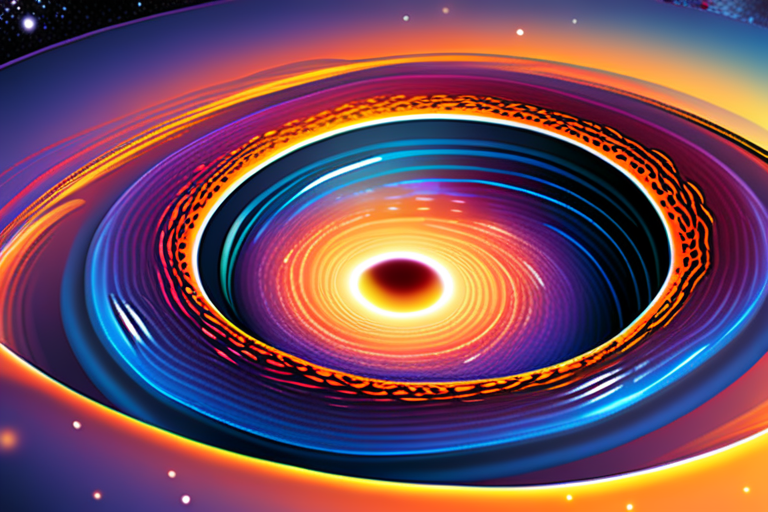

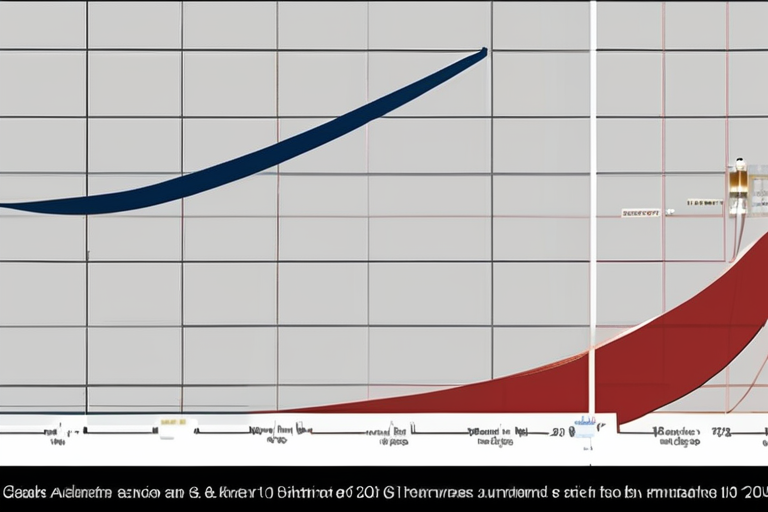
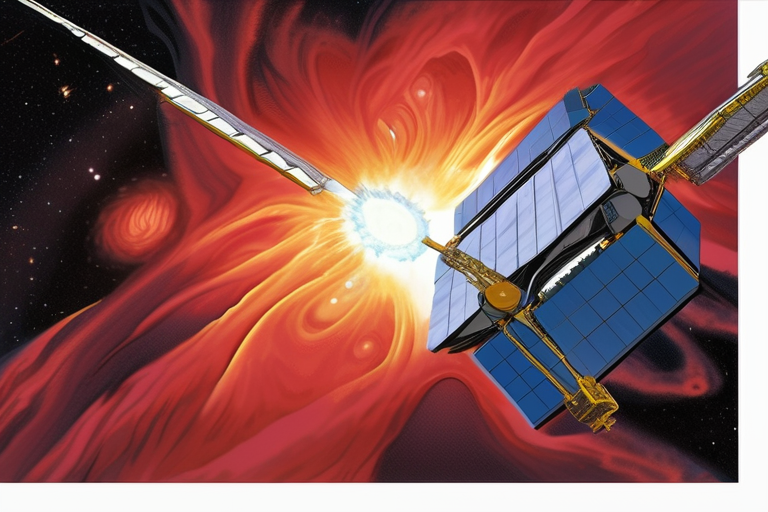



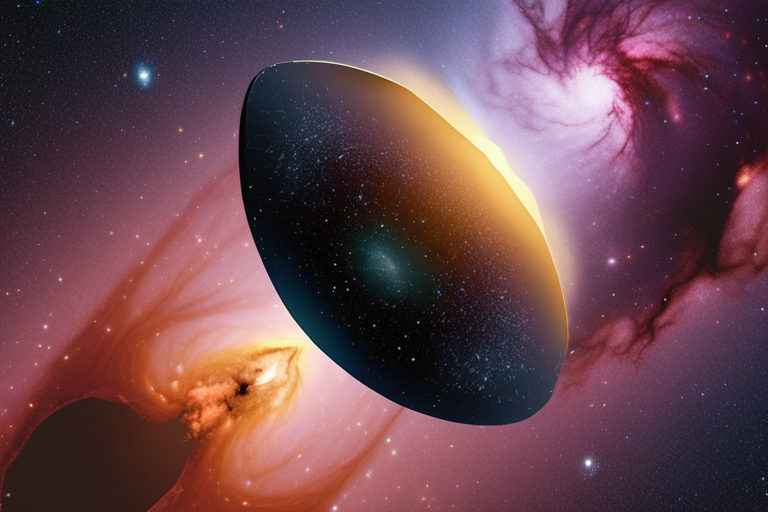



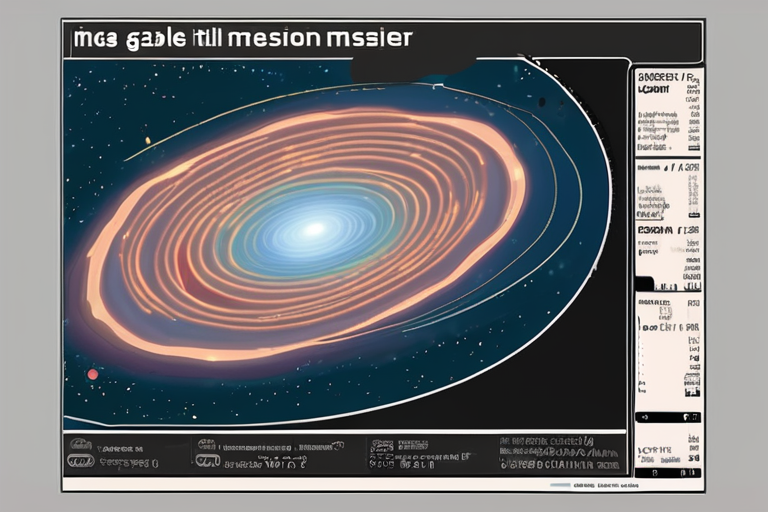





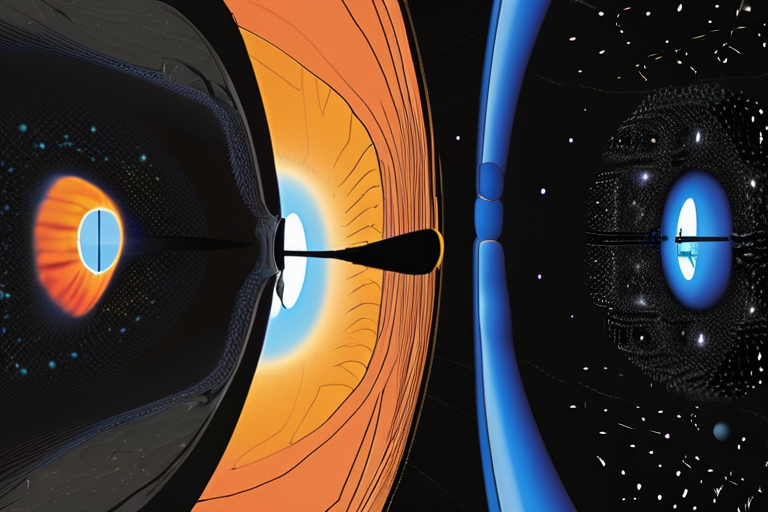

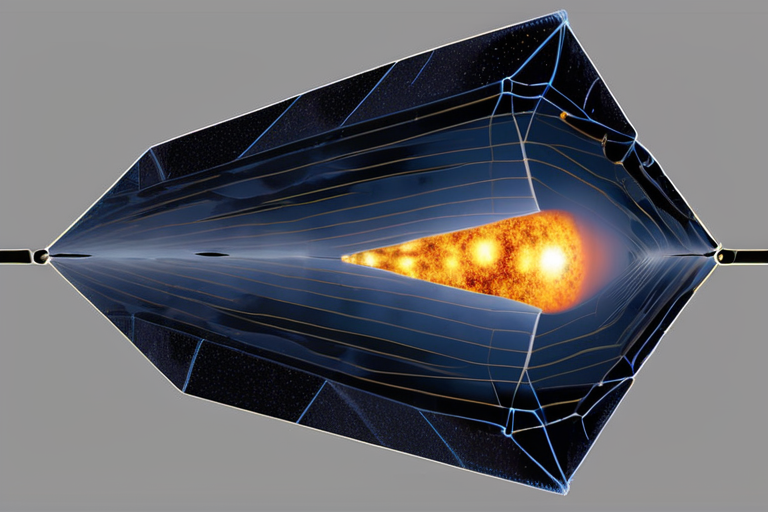
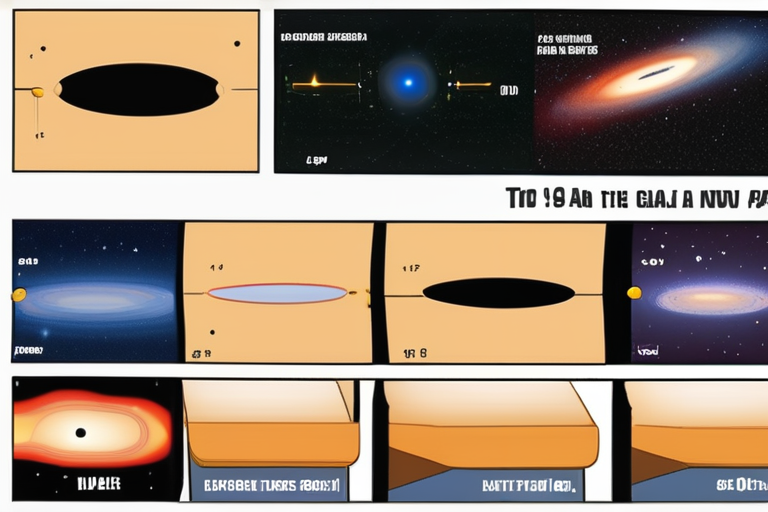
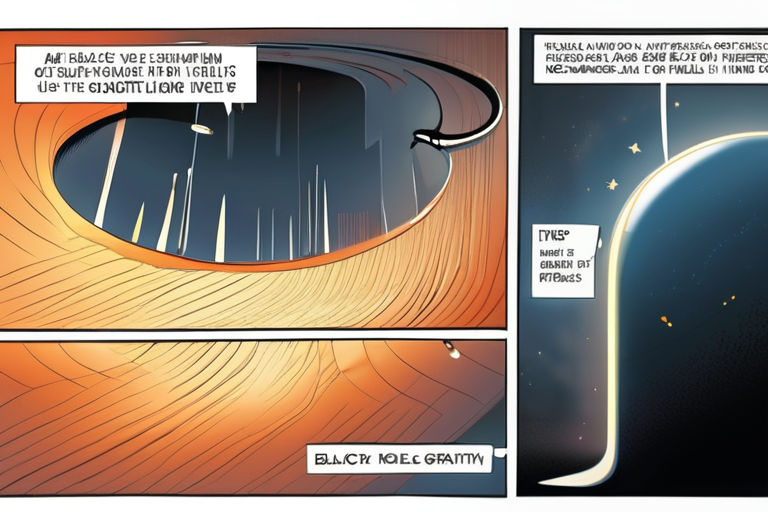

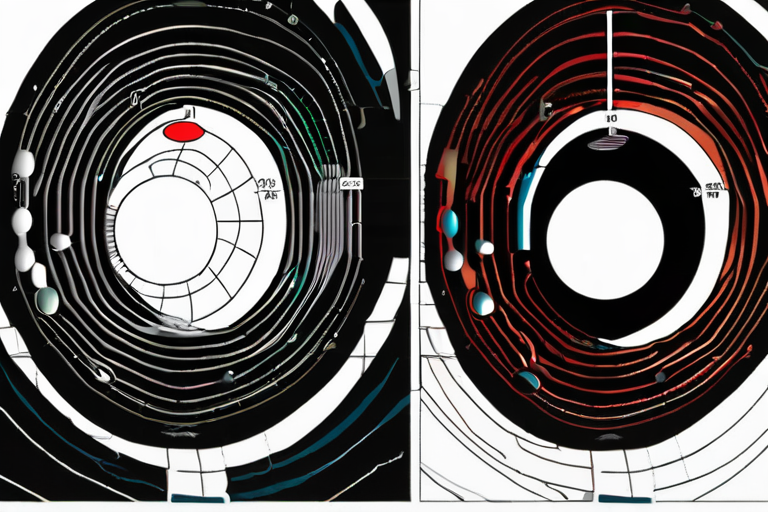
Share & Engage Share
Share this article